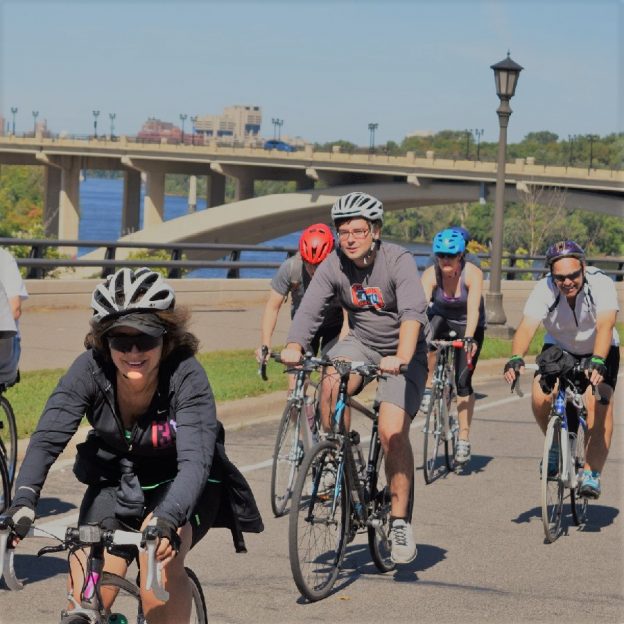Tag: Bike repair
-

Revolutionary products the Carlito bike lock and Flat Stoppers tire sealant
Each year I go to Interbike to find the most technologically impressive products there. This year was no exception and there were two new products that were created by inventors who looked at a certain problem in a new way. The first is the Rocky Mounts Carlito bicycle lock and the second is the Flat…
-
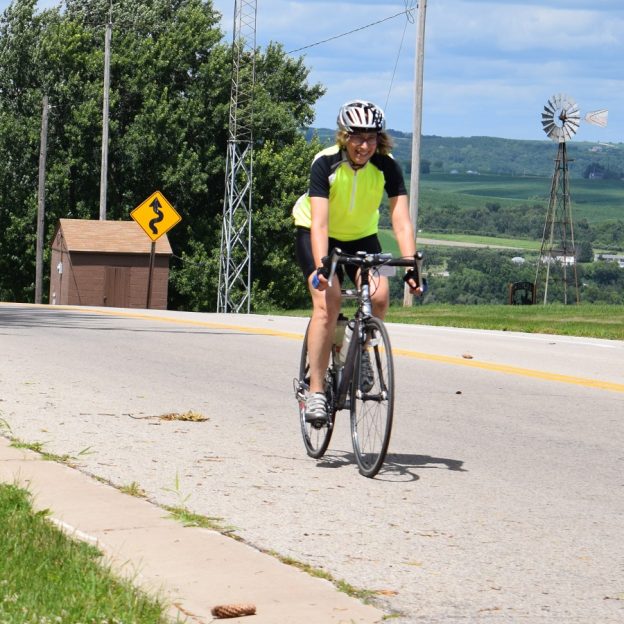
How to adjust your front derailleur for perfect and silent shifting
In the late 1920’s, in France, there was a bike race under way and it wasn’t the Tour De France. Instead, this race was a technological race that brought the front derailleur into the light. Before 1928, bicycles had a maximum of two speeds, and you needed to remove the rear wheel to change those…
-
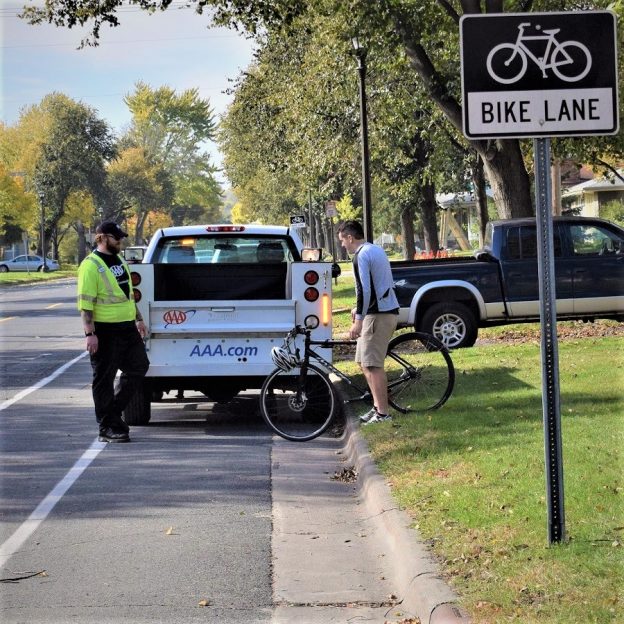
New AAA Roadside Service adds peace of mind for your next bike ride
More people than ever before are taking to their bicycle for recreation and transportation. In a move to support riders, AAA is offering SAG support for cyclists. The company recently announced that it was extending its popular automotive roadside service to include bicycles. At HaveFunBiking.com, we review a lot of new products each year and are…
-

Bike Crash: What to Look for and Inspect After the Unexpected
As a mountain biker that tranquil feeling is sometimes interrupted by an unexpected bike crash. Whereas crashing my bike it isn’t something I enjoy, I realize that as I try to push my boundaries, a bike crash is a real possibility. You don’t need to be a mountain biker to have a bike crash, after…
-
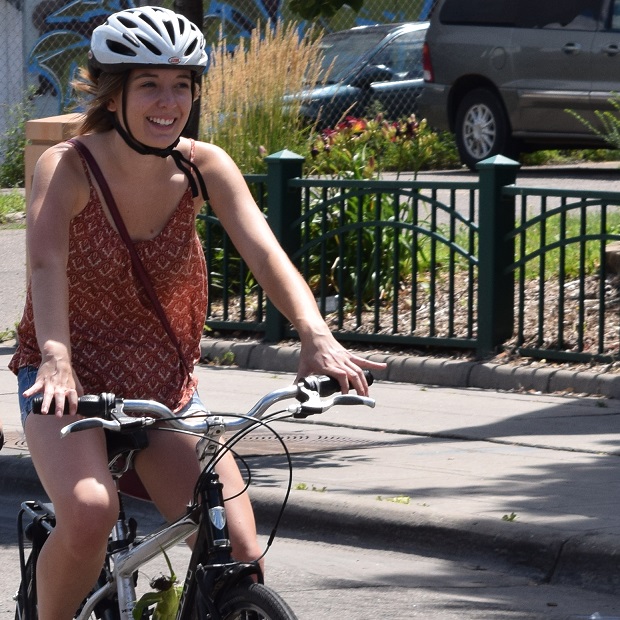
More than a 100 residents earn a bike in Hennepin Co.
More than a 100 people living in the Minnesota cities of Hopkins, Brooklyn Center, Brooklyn Park, and St. Louis Park took part in a series of free “earn-a-bike” and “learn-to-ride” classes in 2015. According to the Hennepin County “Get out – Get Active” newsletter participants in the earn-a-bike program learned: basic bike repair skills; gained exposure…
-
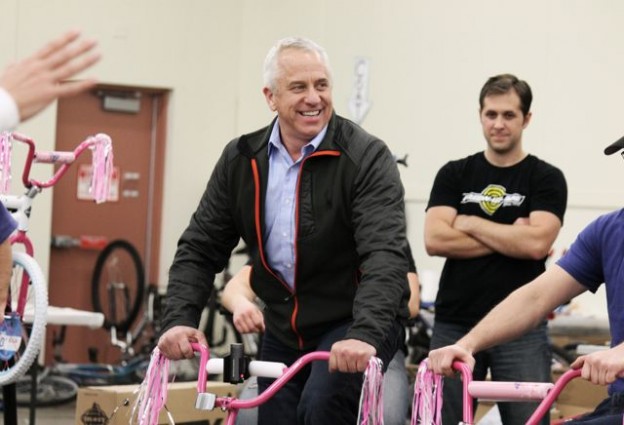
Local Bike Shops and Greg LeMond Sling Wrenches this Tuesday
If you have time come to Free Bikes 4 Kidz (FB4K’s) charity event for an evening of fun while volunteering to clean or wrench on some of the thousands of bikes donated, come check out the action. Twin City bike shops and race teams sling wrenches with Greg LeMond this coming Tuesday, November 11th, from…

